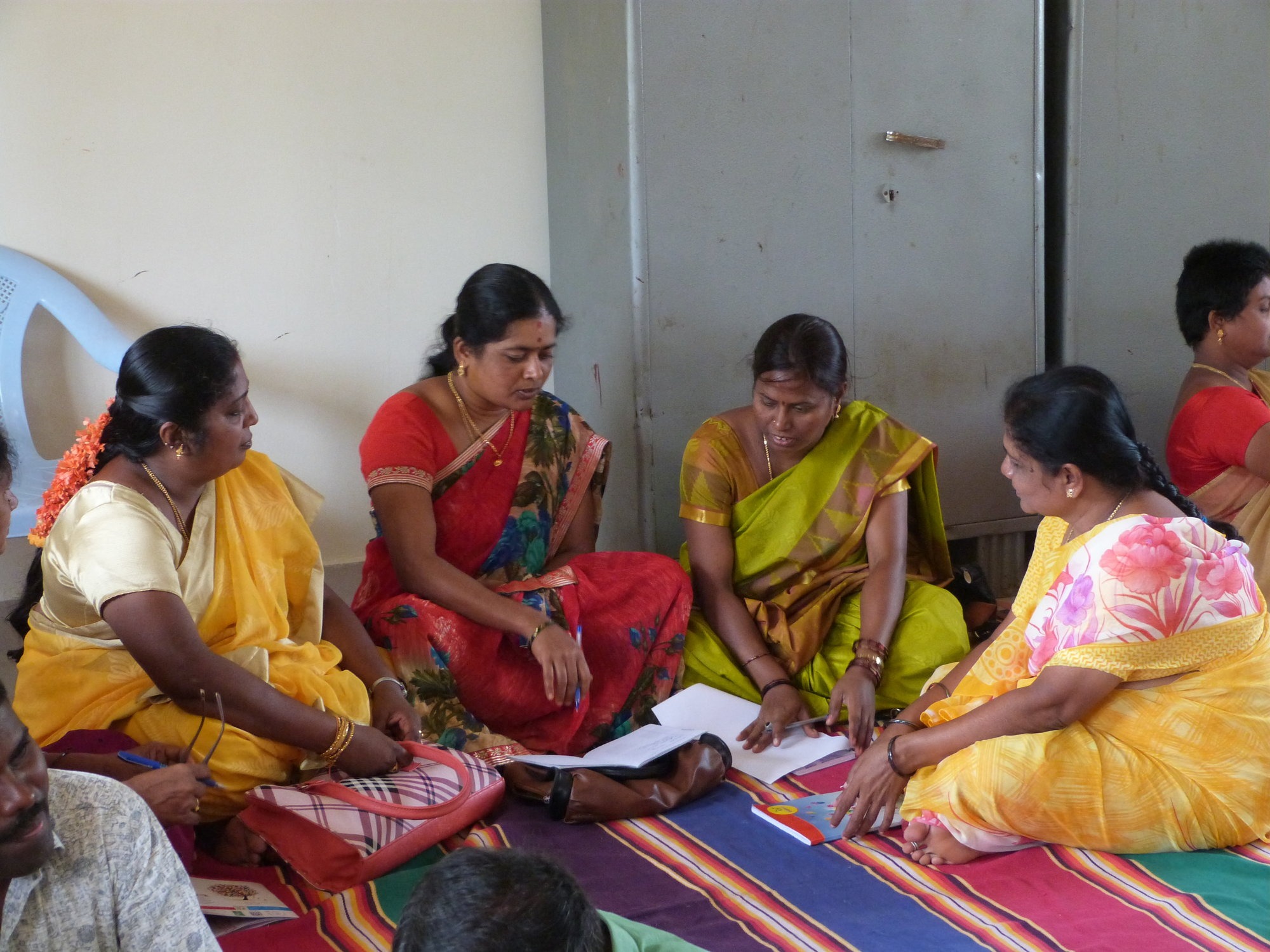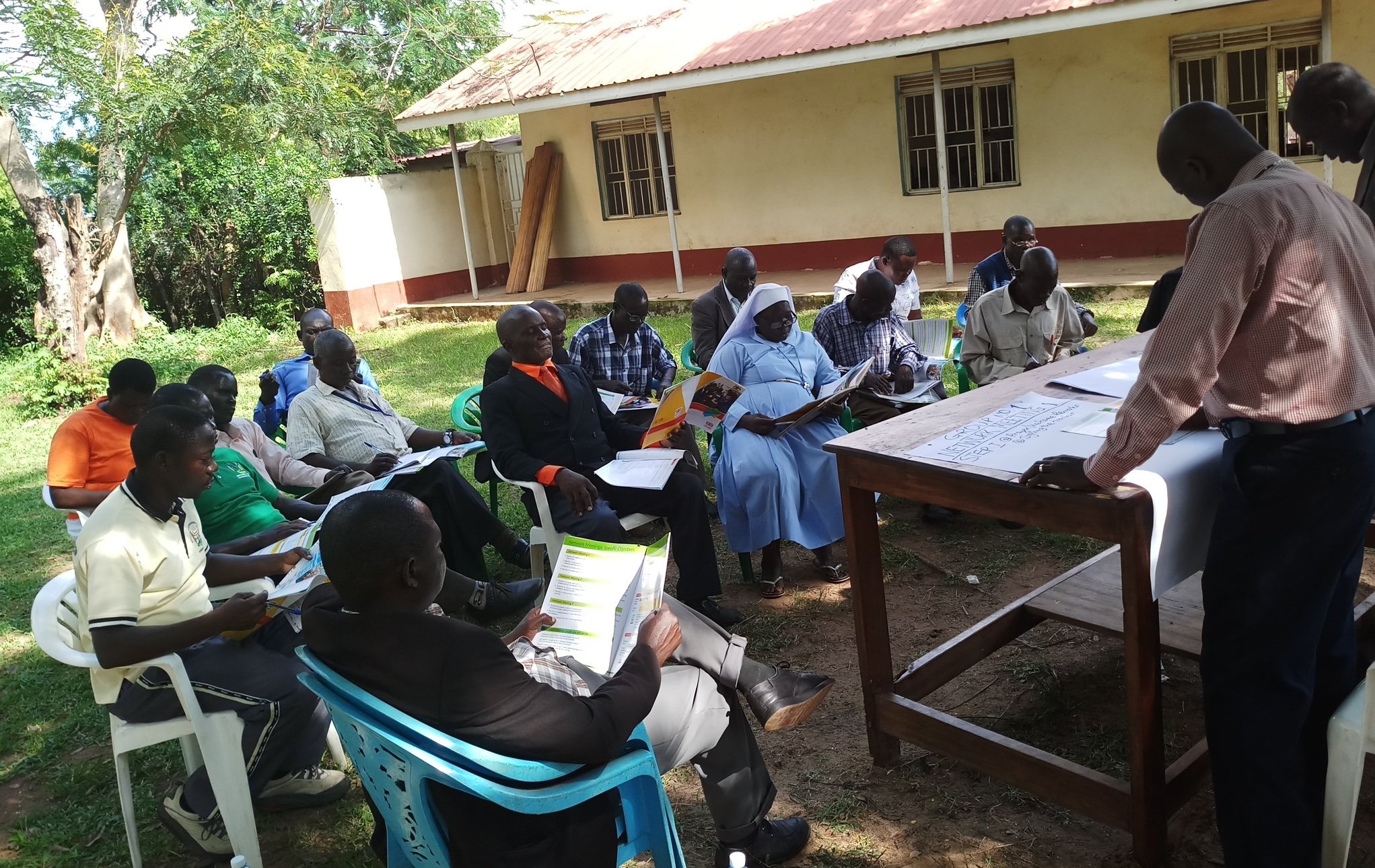A version of this article first appeared on the AVPN website.
Too often, government officials are perceived as poorly motivated and ineffective in driving change for their citizens. But these officials, particularly at the district level, play a critical role in translating ambitious education sector plans into tangible behaviour change among headteachers and teachers at the school level. So at STiR Education, we’re working to develop the intrinsic motivation of officials to help them to drive this change.
STiR’s vision is of a world where teachers love teaching and children love learning. To enable children to adapt to a rapidly changing world, we invest in stimulating their intrinsic motivation to learn. Children need to be supported with a sense of autonomy, mastery and purpose – the key drivers of intrinsic motivation. To stimulate that sense, children need to think critically and feel safe, engaged, curious and self-confident. Through targeted training, coaching, and feedback we encourage government officials, and consequently teachers, to role model these drivers of lifelong learning. As officials observe tangible improvements among teachers in their district, their intrinsic motivation to further support teacher development grows. And through these virtuous cycles between intrinsic motivation and lifelong learning, we aim to develop a sustained culture of improvement in education systems.
The Education Commission has recognised the importance of district leadership in improving education outcomes. Its recently launched report, “Transforming the Education Workforce”, identifies two crucial roles that district officials can play:
1) District officials should be reoriented to develop instructional leadership.
Instructional leadership includes “guiding teaching and learning through clear educational goals; curriculum planning; supporting and providing feedback to teachers; and creating an enabling environment for learning, including for the marginalised”. But officials need to be supported to design and execute these strategies.
At STiR, this recommendation has been core to our work in partnership with governments in India and Uganda. We offer targeted role modelling and capacity building support for district officials based on the notions of autonomy, mastery and purpose. As a result, district officials start to create the emotional safety for teachers to try out new practices, and officials become increasingly engaged with how teachers teach through regular observation and feedback. Officials also start to role model the importance of curiosity and critical thinking with headteachers through monthly collaborative meetings.
We’re now conducting a longitudinal study, two years into our partnership with the Ministry of Education and Sports in Uganda. And the recent findings show promising results. By shadowing officials, we learned that they now spend the majority of their time away from the office, visiting schools in their districts to provide instructional support to teachers as well as ensuring alignment between various actors. Consequently, teachers are increasingly being observed and thereby changing their practice – although there is still room for improvement in terms of the accuracy of these changes, through more tangible feedback that focuses not only on what’s working well but also what could be improved.
 2) District education officials have an important role in supporting schools through data-driven improvement.
2) District education officials have an important role in supporting schools through data-driven improvement.
We observe that the district officials we work with generally value data. But we see significant potential in ensuring district officials are equipped with more useful data, as well as in building their capacity to use it more effectively. Through regular reflection on data, district officials can support headteachers to identify performance gaps and consequently prioritise how to best target sustained professional development.
We define our work with governments as system learning partnerships. And in these partnerships, we aim to support teachers and officials with two types of data:
- “Thin” outcome data, such as teacher attendance, tells us (and governments) whether they are making progress towards their intended behaviour change.
- “Thick” data, such as the quality of feedback that a system official provides to a teacher, the consequent change in teaching practice, and the extent that students trust their teacher and are engaged in learning. This helps us to understand the nuances that drive behaviour change, thereby stimulating discussion not just about whether officials and teachers are “on track”, but more importantly how to improve based on these insights.
As Dan Honig and Lant Pritchett describe, a sole focus on thin data for accounting-based accountability purposes can be detrimental to system-wide performance, since it draws attention from the thick data that is harder to measure, yet critical to drive improvement. So through our support to district officials and their work with teachers, we aim to ensure that the use of both types of data is always driven by the fundamental pillars of intrinsic motivation: autonomy (the sense that they can change their district or classroom), mastery (the sense that they’re on a journey of progress) and purpose (the sense that their behaviours ultimately contribute to improved learning).
We look forward to sharing our learning about the potential of using this combination of thin and thick data to realise behaviour change. This will include the first data from our longitudinal studies in India and Uganda in the coming months.


